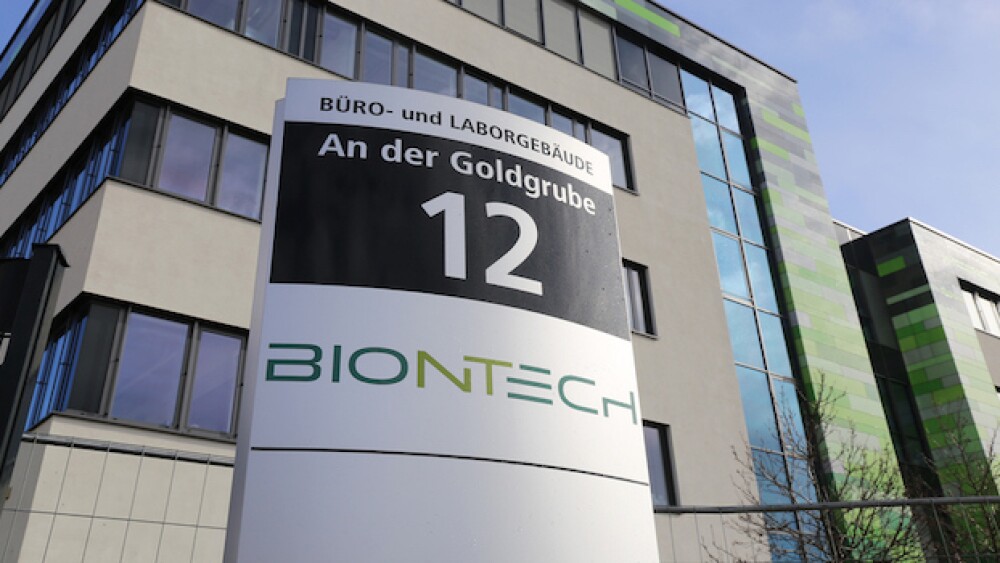Strands of DNA have been used to fasten - and then separate - nanoparticles in experiments that could lead to the development of fundamentally “self-constructing” materials.Christof Niemeyer and colleagues at the University of Dortmund, Germany, used sections of artificially synthesised DNA to attach gold nanoparticles together before separating them again. DNA consists of two complementary strands that bind together depending on the chemical “bases” on either strand. Attaching nanoparticles by appending them to complementary strands of DNA is a tried and tested technique, already used in some protein sensing systems. But, until now, no one has shown that it is possible to separate the strands again afterwards.Selectively binding nanoparticles could provide a way to construct complex nanostructures piece by piece, using different DNA strands to add different nanoparticles. These materials could have novel electrical and optical properties that cannot currently be obtained using conventional chemistry.




